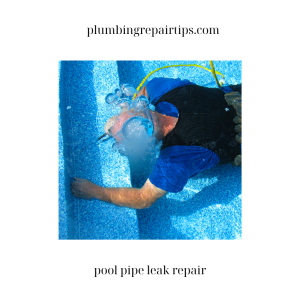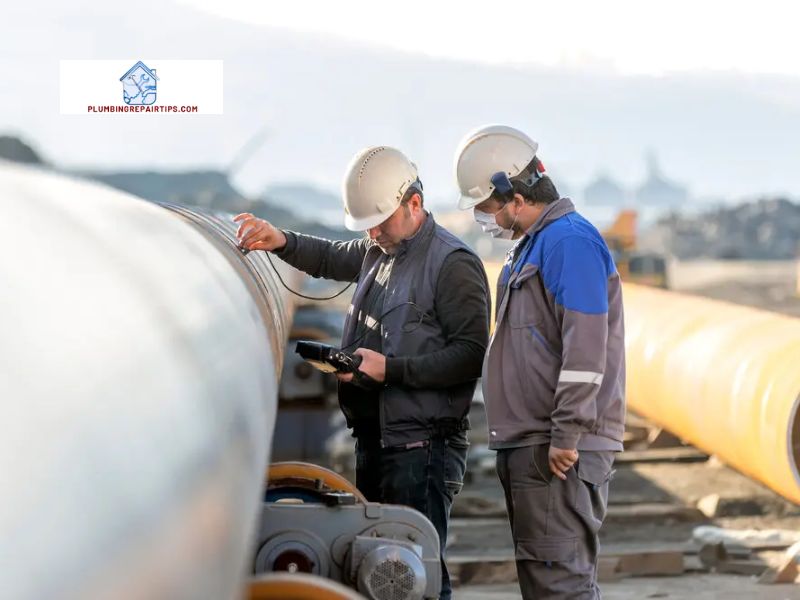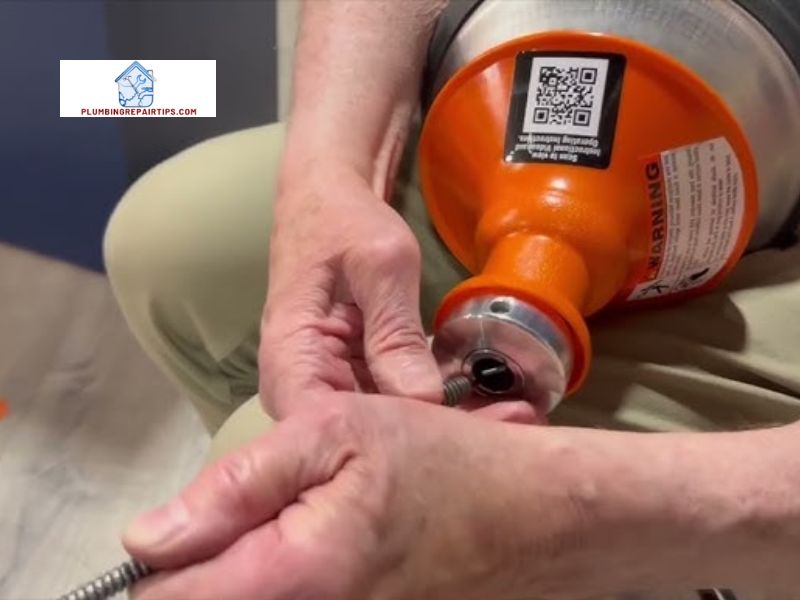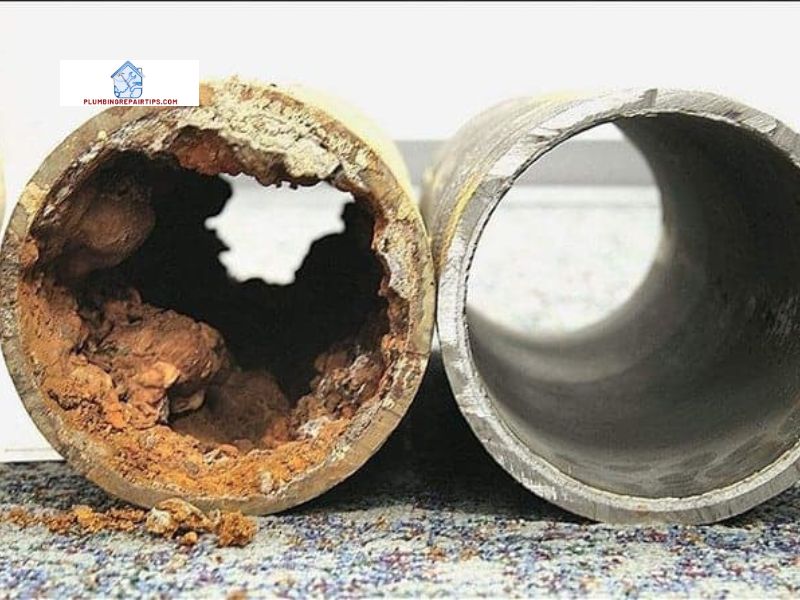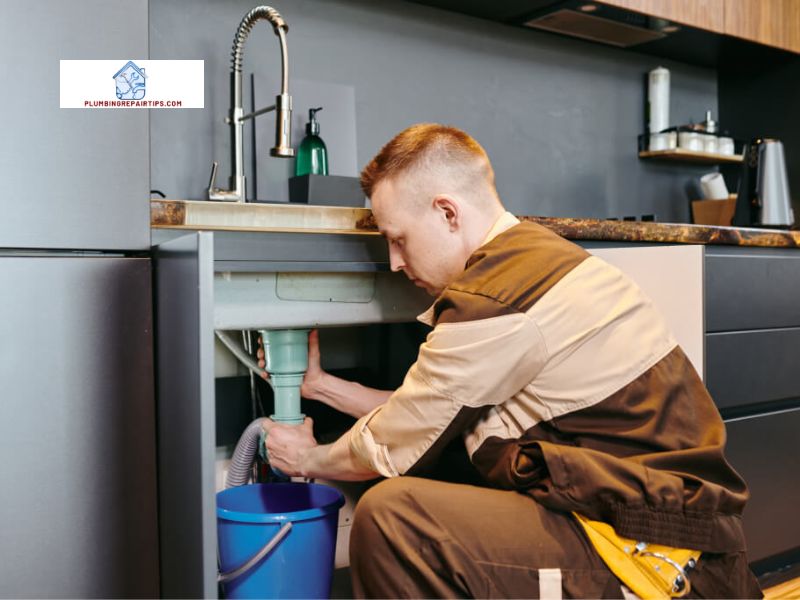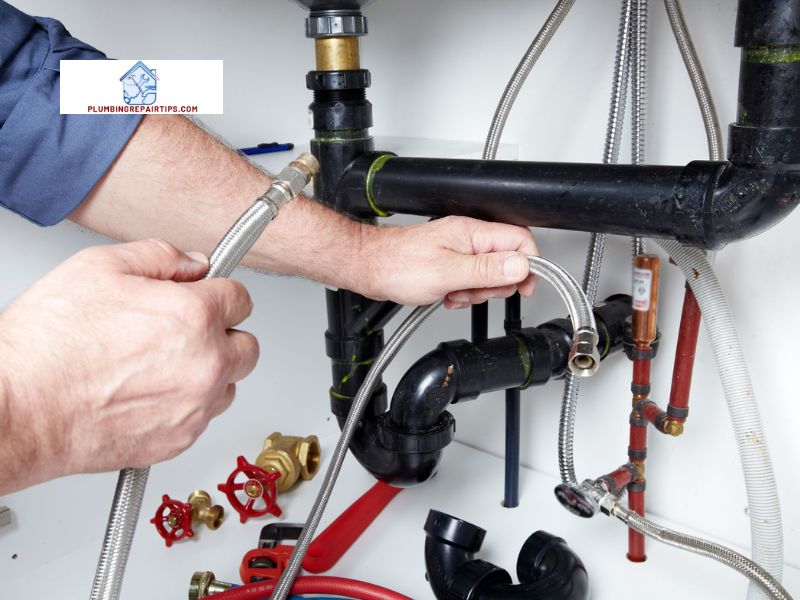Introduction
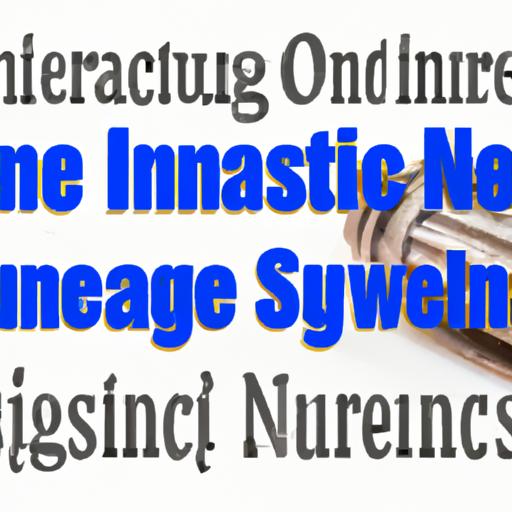
When it comes to the well-being of your home and the health of your family, there are certain precautions that must be taken. One such precaution is installing a sewer backflow preventer. You might be wondering, what exactly is a sewer backflow preventer and why is it so important? Well, in this article, plumbingrepairtips.com will unravel the mystery behind these devices and shed light on their significance in safeguarding your property and loved ones.
What is a sewer backflow preventer?
A sewer backflow preventer is a plumbing device designed to prevent the reverse flow of sewage into your home’s drainage system. It acts as a barrier, ensuring that contaminated wastewater does not flow back into your sinks, toilets, or showers. This protective mechanism is crucial in preventing potential health hazards and costly damage to your property.
Importance of installing a sewer backflow preventer
Imagine the nightmare of sewage backing up into your home, causing foul odors, unsanitary conditions, and expensive repairs. With a sewer backflow preventer, you can sleep peacefully knowing that your home is shielded from such nightmarish scenarios. By installing this device, you are taking a proactive step towards protecting your property and loved ones from the detrimental effects of sewage backup.
Benefits of using a sewer backflow preventer
The benefits of using a sewer backflow preventer are abundant. Firstly, it provides an effective barrier against contaminated water, preventing the spread of harmful bacteria and viruses into your living spaces. This is especially crucial for households with young children, elderly family members, or individuals with compromised immune systems.
Secondly, a sewer backflow preventer ensures compliance with local regulations and insurance requirements. Many municipalities now mandate the installation of these devices to mitigate the risk of sewage backup. By adhering to these regulations, you not only avoid potential fines but also maintain the trustworthiness and legitimacy of your property.
In the upcoming sections, we will delve deeper into the intricacies of sewer backflow, how these preventers work, the installation process, and the long-term benefits of having one in place. Stay tuned to learn more about this essential plumbing device that can save you from a world of trouble.
Understanding Sewer Backflow
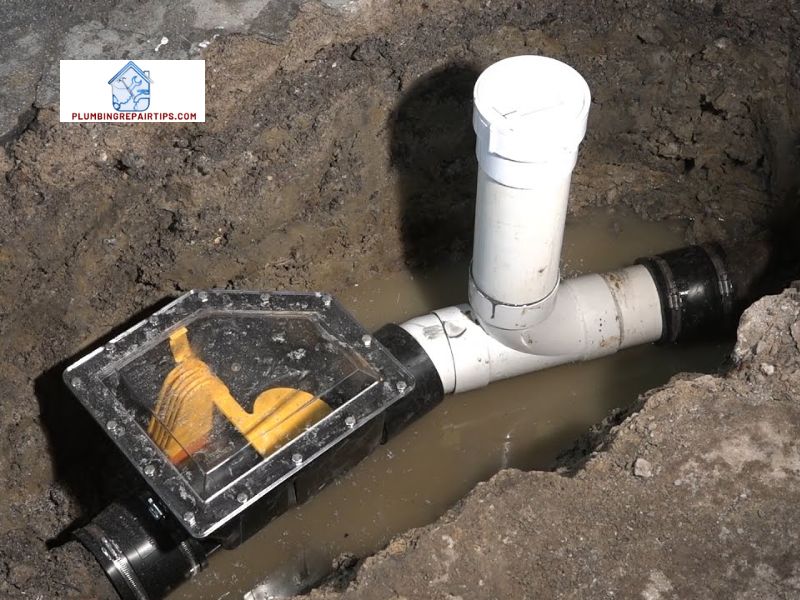
Definition of Sewer Backflow
To grasp the importance of a sewer backflow preventer, it’s essential to understand what sewer backflow actually is. Sewer backflow refers to the unwanted reverse flow of wastewater through your plumbing system. Instead of flowing away from your home, sewage can be pushed back into your drains, sinks, and toilets. This occurs when there is a change in pressure within the sewer system, causing the contaminated water to flow in the opposite direction.
Causes of Sewer Backflow
Sewer backflow can be caused by various factors, and understanding these causes is crucial in preventing this unwelcome occurrence. One common cause is heavy rainfall or flooding, which can overwhelm the sewer system and lead to excess pressure. Another cause can be a blockage or obstruction in the sewer lines, preventing the proper flow of wastewater and causing it to back up.
Additionally, sewer backflow can result from problems with the municipal sewer system, such as a sudden increase in water usage or a malfunctioning pumping station. It’s important to note that even if the issue originates outside your property, you can still be affected by sewer backflow. That’s why installing a sewer backflow preventer is a wise investment to protect your home.
Potential Damages Caused by Sewer Backflow
The damages caused by sewer backflow can be extensive and costly. When wastewater enters your home through drains or toilets, it can contaminate your living spaces with harmful bacteria, viruses, and other pathogens. This poses a significant health risk to you and your family.
Moreover, sewer backflow can lead to structural damage to your property. The excess water can saturate walls, floors, and foundations, causing weakening and deterioration over time. Repairing these damages can be a time-consuming and expensive process.
In the next section, we will explore how a sewer backflow preventer works and the different types available to protect your home from these potential damages. Stay tuned to learn how this ingenious device can be your first line of defense against sewer backflow disasters.
How Does a Sewer Backflow Preventer Work?
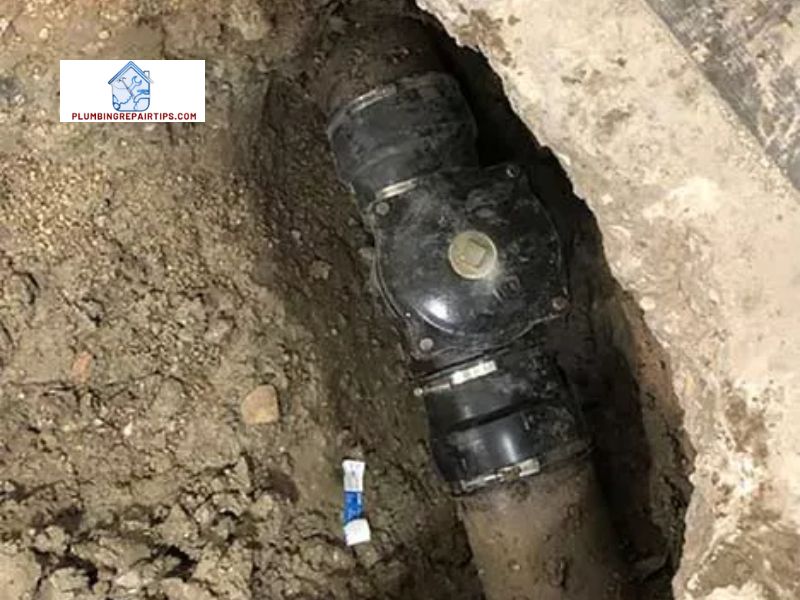
When it comes to protecting your home from the perils of sewer backflow, understanding how a sewer backflow preventer works is essential. Let’s delve into the mechanism behind these devices and explore the different types available, along with factors to consider when choosing the right one for your needs.
Explanation of the mechanism behind a sewer backflow preventer
A sewer backflow preventer operates on a simple yet effective principle. It consists of a one-way valve that allows wastewater to flow out of your property but prevents it from flowing back in. This valve is designed to automatically close when it detects a reversal of flow, effectively sealing off your drains from potential sewage backup.
The most common type of sewer backflow preventer is the check valve. This valve utilizes a flap or gate that swings open when wastewater is being discharged, allowing it to flow freely. However, when there is a reversal of flow, the flap or gate swiftly closes, preventing any sewage from entering your home.
Different types of sewer backflow preventers
There are various types of sewer backflow preventers available, each designed to cater to different scenarios and plumbing systems. Some common types include:
1. Check valves:
Check valves are the simplest and most common type of sewer backflow preventer. They are typically installed in the main sewer line and work by utilizing a swinging or sliding gate to block backflow.
2. Gate valves:
Gate valves are another type of sewer backflow preventer that uses a sliding gate mechanism to block the reverse flow of sewage.
3. Pressure relief valves:
Pressure relief valves are often used in situations where water pressure fluctuations can lead to sewer backflow. These valves automatically release excess pressure, preventing any potential backup.
Factors to consider while choosing a sewer backflow preventer
When selecting a sewer backflow preventer, it’s crucial to consider several factors. These include:
1. Local regulations and requirements:
Ensure that the chosen preventer complies with local regulations and requirements. This will help you avoid any legal issues and ensure the device meets the necessary standards.
2. Compatibility with your plumbing system:
Make sure the preventer is compatible with your specific plumbing system. Different systems may require different types or sizes of preventers, so consult with a professional plumber to determine the best fit.
3. Quality and durability:
Invest in a high-quality preventer that is built to last. This ensures long-term protection and minimizes the risk of malfunctions or failures.
By understanding the inner workings of sewer backflow preventers, exploring the different types available, and considering essential factors, you can make an informed decision when selecting the right preventer for your home. In the next section, we will dive into the installation and maintenance procedures to ensure optimal functionality.
Benefits of Using a Sewer Backflow Preventer
Sewer backflow preventers offer a multitude of benefits that go beyond the immediate protection they provide. Let’s explore the various advantages that come with installing and utilizing a sewer backflow preventer in your home.
A. Protection against property damage
One of the primary benefits of using a sewer backflow preventer is the safeguard it provides against devastating property damage. Sewage backup can wreak havoc on your home, causing extensive destruction to your floors, walls, and belongings. The financial burden of repairing such damage can be overwhelming, not to mention the emotional toll it takes. By installing a sewer backflow preventer, you are taking proactive measures to prevent these costly repairs and preserve the integrity of your property.
B. Avoidance of health hazards
Beyond the structural damage, sewer backup poses significant health risks. Contaminated wastewater contains harmful pathogens, bacteria, and other microorganisms that can cause serious illnesses. Exposure to these substances can lead to gastrointestinal problems, respiratory issues, and skin infections. By utilizing a sewer backflow preventer, you create a barrier that stops contaminated water from entering your home, ensuring the health and well-being of your family.
C. Compliance with local regulations and insurance requirements
In many areas, the installation of sewer backflow preventers is now mandatory by local regulations. These regulations are in place to protect public health and prevent sewage system overloads. By complying with these regulations, you not only avoid potential fines and penalties but also demonstrate your commitment to being a responsible homeowner. Moreover, many insurance companies now require the installation of sewer backflow preventers to provide coverage for sewage-related damages. By installing and maintaining a backflow preventer, you ensure that you meet the requirements for insurance coverage, giving you peace of mind in case of an unfortunate event.
Now that we understand the benefits of using a sewer backflow preventer, we can appreciate the importance of this device in safeguarding our homes and loved ones. In the following section, we will explore the installation process and the necessary maintenance steps to ensure optimal functionality of your sewer backflow preventer.
Conclusion
In conclusion, the installation of a sewer backflow preventer is a crucial step in protecting your home and ensuring the health and safety of your family. By understanding the importance of this device and its ability to prevent sewage backup, you are taking proactive measures to avoid costly repairs, unsanitary conditions, and potential health hazards.
Installing a sewer backflow preventer involves a few simple steps, such as identifying the appropriate location, connecting the device to your existing plumbing system, and ensuring proper sealing and testing. It is advisable to consult a professional plumber to ensure accurate installation and compliance with local regulations.
Regular maintenance is essential to ensure the optimal functionality of your sewer backflow preventer. This includes periodic inspections, cleaning, and testing of the device. By keeping up with maintenance, you can identify any potential issues early on and address them promptly, ensuring the continued protection of your home.
Remember, by installing a sewer backflow preventer, you not only safeguard your property but also comply with local regulations and insurance requirements. This investment in preventative measures can save you from the devastating consequences of sewage backup and provide peace of mind for years to come.
So, take the necessary steps today to protect your home and loved ones. Consider installing a sewer backflow preventer and enjoy the benefits of a secure and healthy living environment. For professional assistance and guidance, reach out to trusted plumbing experts who can help you with the installation and maintenance of this vital device.
Boldly protect your home with a sewer backflow preventer! Don’t wait for disaster to strike. Visit plumbingrepairtips.com now for expert advice and assistance.
